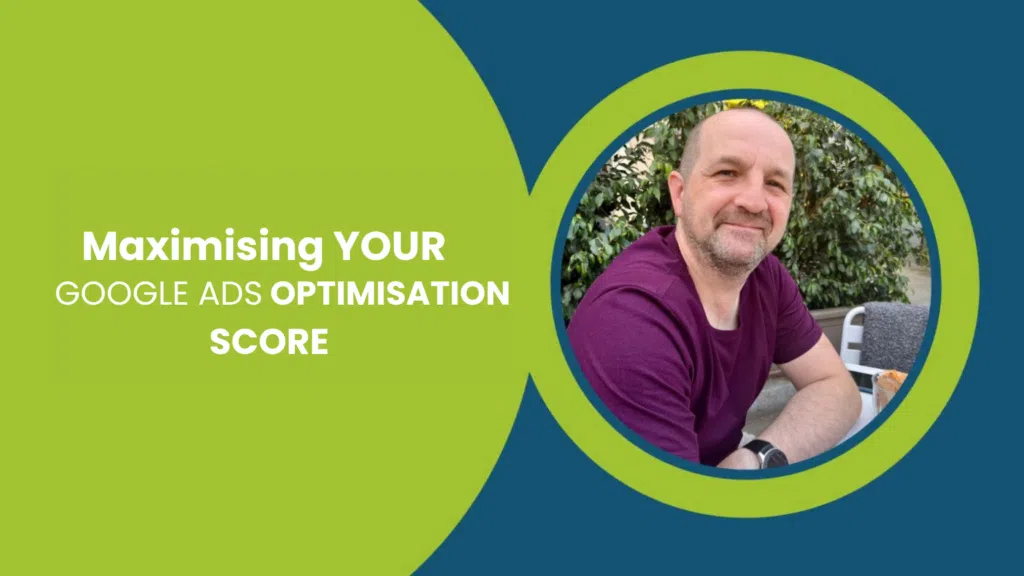[clickToTweet tweet=”The Most Common Digital Marketing Mistakes and How To Avoid Them” quote=”In this post, you’ll learn how to avoid budget-sapping, serious and common digital marketing mistakes made by startups, small businesses and yes, even some of the big boys.”]
Like most businesses, you’ll have a limited budget to spend on marketing. Every penny counts and you or your boss will want to know the value it contributes to increasing the reach of your brand, driving traffic to your site, increasing your followers or fans on social media platforms and most of all, sales and revenue.
- Measure Everything (With the Right Metrics):
The most serious and sadly most common mistake made with digital marketing is not tracking results. The beauty of digital marketing, when compared to offline marketing, is that it’s measurable – we’re spoiled with the amount of data we can use to measure performance and Return on Investment (ROI).
- Conversion Tracking:
For Sales or Lead Generation campaigns on AdWords, Bing Ads or Social Media platforms like Facebook and Twitter, use the native conversion tracking codes from those platforms. Absolutely, make sure your URLs are tagged to track traffic from each platform, campaign or ad to see how the audience behaves, but the native tracking code will provide data right in the campaign on Facebook, on Twitter or Pinterest to see what’s making you money and what’s wasting it.
- Failing at Attribution:
To understand where your precious marketing budget is working hard and where it’s wasting away, you must understand attribution. Attribution helps to uncover the value of each platform, ad, keyword or target audience.
- Attribution Mistakes:
In a whole other post about Facebook not converting traffic in to sales, we explain where Facebook fits in the marketing funnel and the value that it adds. The most common attribution model is Last Click. It’s the standard that Google Analytics uses. If you trust Google Analytics data, visitors who click on a Twitter Ad, then later search on Google and click on your organic link and fill out your contact form is attributed to Google organic search – Twitter gets no credit. If you’re not using the Twitter conversion tracking code on your website, you’ll have no simple way of attributing the value of Twitter or any budget you spend there. Learn Social Media with a Pro
- Choosing Great Tools for the Wrong Goals:
By far the last common digital marketing mistake and one which leads to significant budget waste or mis-measurement. To avoid this, it’s critical to understand the marketing funnel and the journey that an audience follows with your brand and ultimately, a sale.
Broadly (but not always), Social Media activity is “top of funnel”. It’s great for creating awareness and interest in your brand or your product, but it’s not so great for direct sales.
Think of Social Media Ads like you would a cold-calling campaign or handing leaflets out in your local High Street – you can target those activities to call or approach an audience that should or might be relevant, but they’re not necessarily wanting to buy at that moment.
If your brand is strong enough, if you have brand equity – your offer has a better chance of working. If you’ve no brand equity, it’ll most likely fail.
If your offer is too good to miss, it has a better chance of working. If your offer is nothing special, forget it – your campaign will go down in flames.
If the opportunity is low-cost or free, it has a much greater chance of success. Anything big or expensive, an interruption strategy is most likely going to fail.
Multiply those out together and you may be onto a winning formula:
Starbucks makes an offer for a £20 Starbucks card for £10. Great brand equity, low cost, great opportunity. It works.
Dave’s coffee makes an offer of a £200 Dave’s card for £50. We don’t know Dave. We don’t trust Dave. And £50 is too much for a spur-of-the-moment decision. Dave burns his budget with little to show for it.
To create awareness, interest and desire, use great tools like Facebook Ads, Twitter Ads, Pinterest Ads or even LinkedIn Ads, YouTube Pay per View campaigns or Google Display Ads.
To make sales, attract users when they’re searching for your brand, your product or service or the problem they have that you can solve.
Most importantly, understand that Social Media creates search traffic for your brand or product. If you measure social traffic against sales or leads, you’ll probably turn it off and along with it, the search traffic it created – you’ll break the funnel and waste your marketing budget.
- Measuring the Right Metrics:
Given that Social interruption strategies, unless you’re Starbucks, are unlikely to be successful sales campaigns, it is important to focus on metrics that measure realistic goals.
Focus first on reach – how many times your ad was shown to a relevant audience.
Focus on engagement – how many interactions, comments, reactions or likes were earned.
Focus on traffic – how many people clicked through to your site. And how did they behave when they got there – measure bounce rate, pages per visit and session time in Google Analytics.
Measure contribution to the goal. Using Google Analytics, identify where an Instagram click was part of the journey to a sale. The sale may have started with Instagram, had a second click on Instagram, but finally converted from an AdWords or Organic click.
Measure contribution to the goal on the native platform. Whether Facebook was the first click, somewhere in the middle or the journey, or the last click, as long as the conversion occurs on the same device, Facebook conversion tracking will claim the conversion as a victory for itself (but Google Analytics won’t).
- Picking Battles You Can’t Win:
Attempting big budget strategies or campaigns with a budget that is way too small almost always results in disaster. This is a much bigger problem with Search Campaigns such as Google Ads, or Google Shopping than it is with Social Media campaigns, but they can suffer too.
With Search Marketing, Impression Share is a critical factor (this is covered in Impression Share vs Conversion Rate) – simply, many conversions take multiple searches and multiple visits to a website before the customer converts. When your ad isn’t present every time, that process is broken and your conversion rate and ROI are much poorer for it.
This is generally fairly easy to overcome; reduce the location(s) you’re targeting, so that you can target 100% of a smaller market through the funnel. Once you’ve proven the strategy effective, you can increase your budget and increase the target area – the results should scale along with it.
- Segmenting and Targeting:
Yes, you can reach 40 Million people on Facebook, but not with a budget of £10 per day and even if you did have a big enough budget, you should segment your audience into smaller chunks and create a story and ads that are more relevant to them – you’re guaranteed better results and a greater ROI from your campaigns. Speak with a SpecialistOur Social Media Services








3 Responses
We all know that Marketing is not a rocket science. But we must not shy away from using some of our Brain Cells.
This is a very great post that covered all the good aspects of Marketing. A very good Marketing Tactic Must have the following ingredients:
#1. Market only to Target Your Ideal Customer.
#2. Marketing strategy must also cover how to keep in touch with the existing customer base and keeping your relations solid.
I used these same tactics to consult my clients and wrote a few of them to tell their importance. I’m glad that I visited to this amazing article. Thanks for sharing it with us.
We all know that Marketing is not a rocket science. But we must not shy away from using some of our Brain Cells.
This is a very great post that covered all the good aspects of Marketing. A very good Marketing Tactic Must have the following ingredients:
#1. Market only to Target Your Ideal Customer.
#2. Marketing strategy must also cover how to keep in touch with the existing customer base and keeping your relations solid.
I used these same tactics to consult my clients and wrote a few of them to tell their importance. I’m glad that I visited to this amazing article. Thanks for sharing it with us.
We all know that Marketing is not a rocket science. But we must not shy away from using some of our Brain Cells.
This is a very great post that covered all the good aspects of Marketing. A very good Marketing Tactic Must have the following ingredients:
#1. Market only to Target Your Ideal Customer.
#2. Marketing strategy must also cover how to keep in touch with the existing customer base and keeping your relations solid.
I used these same tactics to consult my clients and wrote a few of them to tell their importance. I’m glad that I visited to this amazing article. Thanks for sharing it with us.